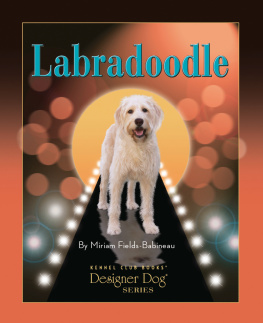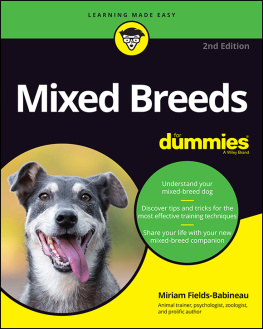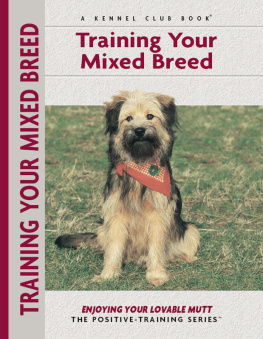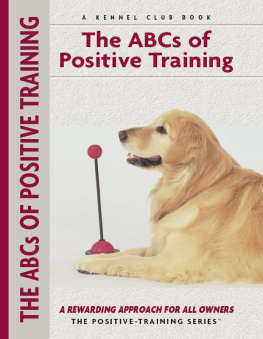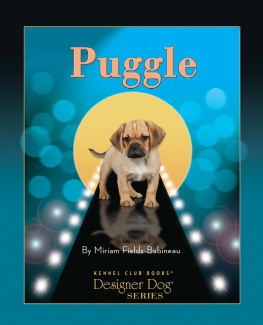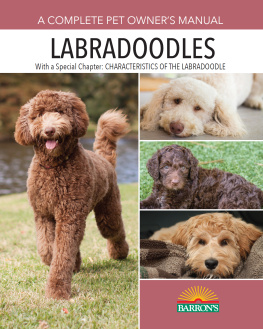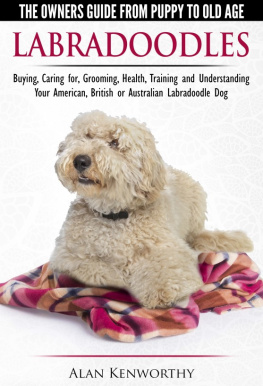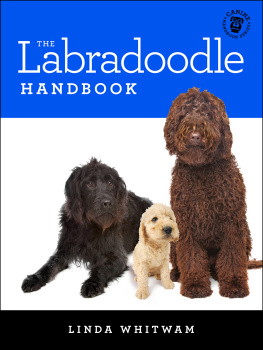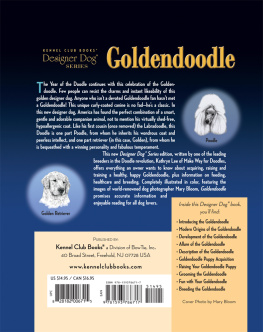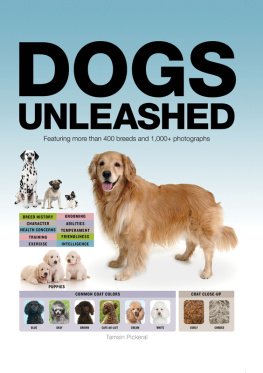Visit the publishers website at www.kennelclubbooks.com to read more about the unique library of books available to dog lovers around the world.
KENNEL CLUB BOOKS
Designer Dog
SERIES
LABRADOODLE
ISBN 13: 978-159378670-0
eISBN 13: 978-159378715-8
Copyright 2006Kennel Club Books A Division of BowTie, Inc.
40 Broad Street, Freehold, NJ 07728 USA
Printed in South Korea
Photography by:
Mary Bloom
with additional photos by
Callea Photo, Isabelle Franais
and Carol Ann Johnson.
All rights reserved. No part of this book may be reproduced in any form, by photostat, scanner, microfilm, xerography or any other means, or incorporated into any information retrieval system, electronic or mechanical, without the written permission of the copyright owner.
13 12 11 10 09 6 7 8 9 10

Making a splash in every state in the Union (and every province above), heres the newest Yankee Doodle!
Acknowledgments
Many thanks to all of the fabulous Doodle owners who shared their dogs with our photographer Mary Bloom. These include Hally Birnbaum, the Chesterman family, Mort and Susan Goldstein, Laura Harker, Doug Heimbigner, the Lawler family, Steve and Jane Lifrak, Liz Patterson, the Rist family and Donn Tobin. Special thanks to Mark Daims, DVM.
And heres a shout-out to thoughtful owners who sent in their photos, including Malinda DeVincenzi, Kathleen Rally and Nancy Smallwood.

Contents

Labrador Retriever, yellow.
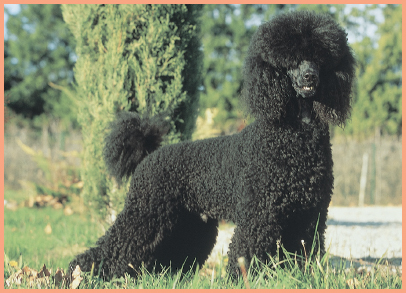
Miniature Poodle, black.
What do you get when you cross the worlds two smartest breeds?
What Is a Labradoodle?
D ogs have been domesticated for over 14,000 years. They came into our lives as alarms to warn us of intruders, progressing from there to hunting partners and finally to companions. As canines became domesticated, humans also became more diverse, needing canines to aid them in everything from gathering flocks, pulling carts, fetching meals and aiding the disabled. Each breed was developed to fill specific niches in our cultures and lifestyles. There are currently well over 400 breeds of dog in existence, many recognized by the various kennel clubs around the world. Many breeds are still in their infancy as breeders try to standardize their dogs to fit specific physical and behavioral guidelines.
Labradoodles were first developed in the 1970s by Wally Cochran of Guide Dogs Victoria in Kew, Victoria, Australia as assistance dogs for the physically challenged. Guide Dogs Victoria had been contacted by a blind woman who resided in Hawaii and who suffered from severe allergies. She really wanted a dog to aid her in everyday activities but was leery of obtaining one because of her physical reactions to dander and dog fur. A benefit to obtaining a dog from Australia was that the dog would not have to spend time in quarantine upon landing in Hawaii. As Australia is considered an island with strict quarantine laws, Hawaii allows pets imported from Australia to go directly to their owners homes with no holding period.
Looking back at the origins of many breeds, we see that they were developed to fill some sort of need or niche for which no breed yet existed. Guide Dogs Victoria filled the need for a non-allergenic guide dog by pairing one of their proven Labrador Retrievers, which had been bred specifically for use as an assistance dog, with a Standard Poodle, a breed known for intelligence, sensitivity and low shedding. Imported from Sweden, the Poodle used in the mating was a white dog from working bloodlines. This mating resulted in three allergen-reduced puppies that fit the requirements of assistance dogs that could be matched with people suffering from allergies. Wally Cochran dubbed this first litter Labradoodles.
A few years later a man who supplies puppies to pet shops started breeding Labradoodles. He bred back in more Poodle and continued further by breeding Labradoodle to Labradoodle. His aim was to breed great family pets, but he didnt recognize that a main asset was the low- or non-shedding coat. He continued breeding these first- and second-generation Labradoodles for a few years but did not keep records.
Guide Dogs Victoria had limited success with their Labradoodles but never achieved consistency in order to turn them into a recognized breed. Other kennels in Australia fell in love with the idea of the Labradoodle and tried to recreate Mr. Cochrans results. However, most breedings resulted in inconsistencies, causing many of the puppies to have either the double coat of the Labrador Retriever or the mostly curly single coat of the Poodle. Today, although some standardization has been achieved over the decades, there are still few breed specifications for the Labradoodle and, as such, it cannot be considered a registerable breed by the American Kennel Club (AKC).
In the 1980s two breeding and research centers were created to try to generate a consistent outcome for the Labradoodle: Rutland Manor Labradoodle Breeding and Research Center Australia, owned by Beverley Manners, and Tegan Park Labradoodle Breeding and Research Center Australia, owned by Beverleys daughter, Angela Cunningham. These centers started keeping track of parentage and maintaining strict breeding standards of health and physical specifications, attributes necessary for any successful breeding program. Both breeding centers, still in operation, have the desire to create what they see as the perfect pet: a dog that has the sturdiness of a Labrador Retriever and a non-shedding coat, is intelligent, has a great temperament and has a teddy-bear appearance that holds him dear to many hearts.

Cute and curly well describes the Labradoodle of today.
Parent Possibilities
The Labradoodle Association of Australia, Inc. (LAA) has named the following six breeds as the only approved parent breeds to be used in Labradoodle breeding: Labrador Retriever, Poodle, Irish Water Spaniel, Curly-Coated Retriever, (American) Cocker Spaniel and English Cocker Spaniel. Those wishing to cross to one of the parent breeds must submit documentation and meet certain specifications as set forth by the LAA.
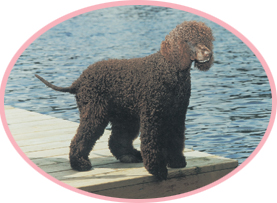
Irish Water Spaniel.

